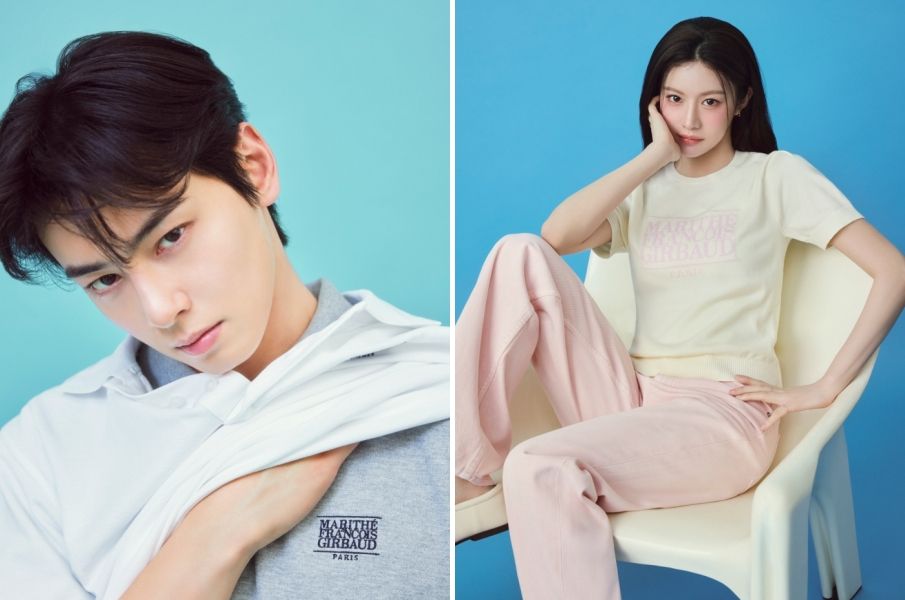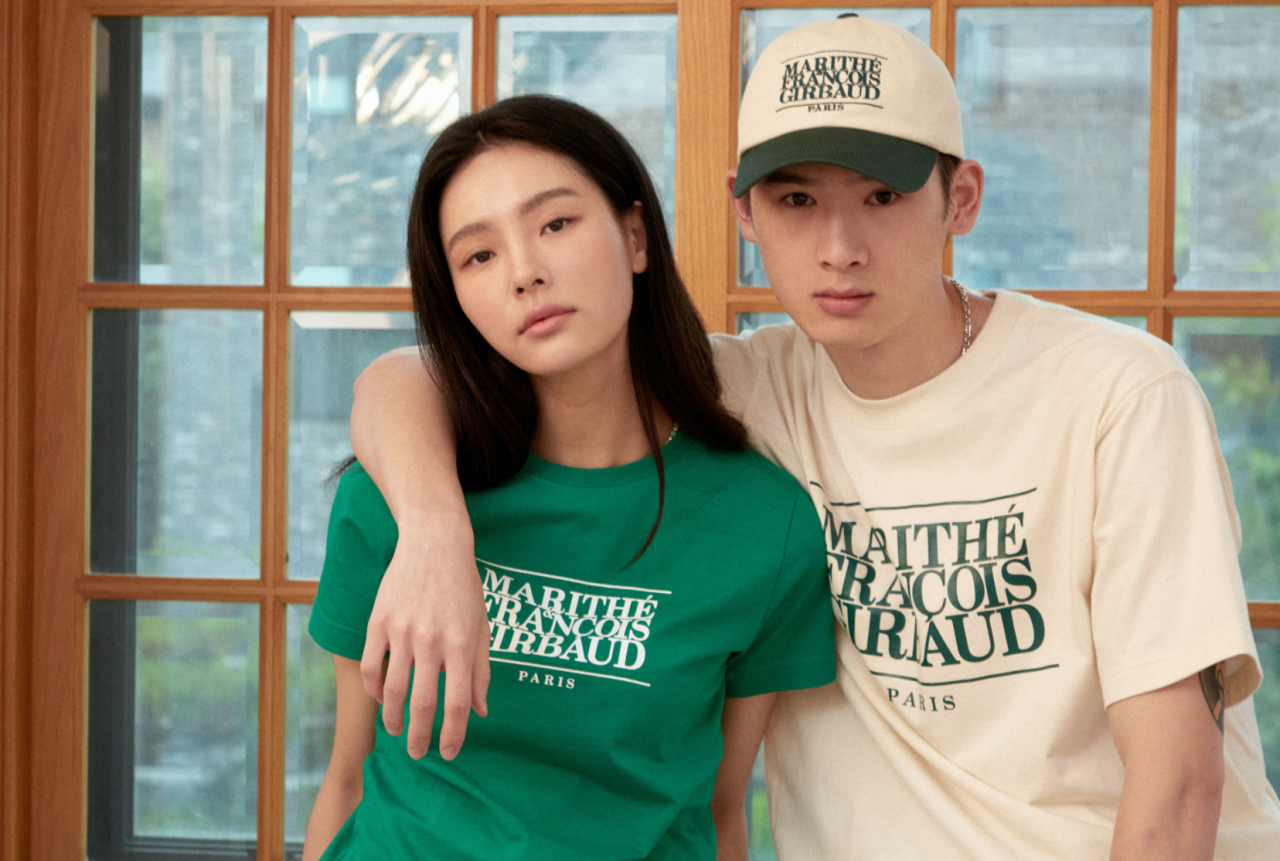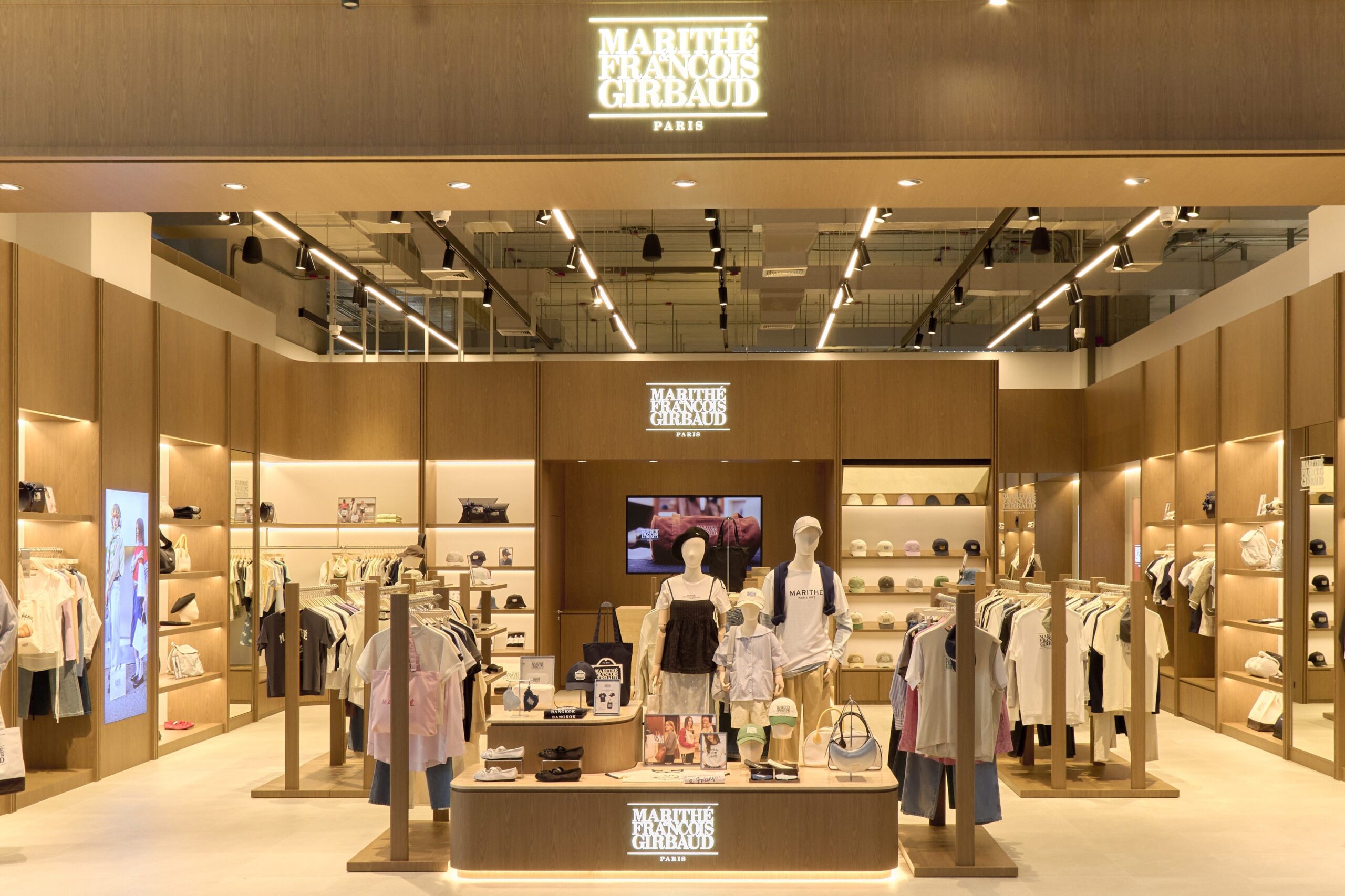Marithé François Girbaud: Pioneering Denim Innovation and Avant-Garde Fashion
Marithé François Girbaud stands as one of fashion's most innovative yet underappreciated brands, a label that revolutionized denim and streetwear decades before such innovations became mainstream. Founded by the husband-and-wife duo Marithé Bachellerie and François Girbaud in 1964, the brand carved out a unique space between high fashion and functional workwear, creating pieces that were both artistically ambitious and technically groundbreaking.

The Visionaries Behind the Brand
The story of Marithé François Girbaud is inseparable from its founders. François Girbaud, born in 1945, initially trained as a leather craftsman before discovering his passion for denim. Marithé Bachellerie brought her own artistic sensibility and design expertise to the partnership. Together, they formed a creative force that would challenge conventional approaches to garment construction and染色.
Their philosophy was simple yet radical: jeans could be more than just workwear. They could be canvases for innovation, pieces of wearable art that pushed the boundaries of textile engineering while remaining functional and comfortable.

Revolutionary Techniques
What set Girbaud apart was their obsessive dedication to technical innovation. The brand pioneered numerous techniques that have since become industry standards:
Stone Washing: In 1977, Girbaud invented the stone-washing process, transforming the way denim could be aged and softened. This technique, which involved washing jeans with pumice stones, created the worn-in, vintage aesthetic that became synonymous with 1980s and 1990s fashion.
Baggy Jeans: The brand introduced baggy, loose-fitting silhouettes to the denim market long before they became a hip-hop and streetwear staple. Their 1980s designs anticipated the oversized trends that would dominate fashion for decades.
Innovative Cuts and Construction: Girbaud experimented with asymmetrical seams, unconventional pocket placements, and ergonomic fits that considered body movement in ways traditional denim manufacturers never had.
Cultural Impact and the Golden Years
During the 1980s and 1990s, Marithé François Girbaud reached its cultural apex. The brand became a status symbol, particularly in urban communities and among those in the know about cutting-edge fashion. Their distinctive shuttle logo and bold branding made Girbaud pieces instantly recognizable.
The brand's influence extended beyond fashion circles into music and street culture. Hip-hop artists and dancers gravitated toward Girbaud's comfortable, stylish designs. The relaxed fits were perfect for breakdancing and movement, while the brand's European sophistication gave it an edge over American denim competitors.
Challenges and Evolution
Despite its innovations, Marithé François Girbaud faced significant challenges in the 2000s. The brand struggled with distribution issues, legal battles over trademark rights in different markets, and the rapidly changing landscape of fashion retail. In the United States, legal disputes complicated the brand's presence, leading to periods of absence from the market.
The rise of fast fashion and the democratization of premium denim techniques that Girbaud had pioneered made it harder for the brand to maintain its distinctive position. What was once revolutionary became commonplace, and the brand found itself competing in an increasingly crowded marketplace.
Legacy and Contemporary Relevance
Today, Marithé François Girbaud occupies a fascinating space in fashion history. For those who remember the brand's heyday, it represents a golden era of denim innovation and streetwear sophistication. Vintage Girbaud pieces have become collectible items, sought after by fashion enthusiasts and nostalgia-driven consumers alike.
The brand's influence can be seen throughout contemporary fashion. The oversized silhouettes, distressed finishes, and technical innovations that Girbaud championed are now ubiquitous in denim design. Brands from high-fashion houses to fast-fashion retailers employ techniques that Girbaud pioneered decades ago.
The Girbaud Aesthetic
What defined a Girbaud piece? It was the marriage of function and form, the balance between European sophistication and street-ready practicality. Girbaud jeans often featured:
- Distinctive stitching patterns and construction details
- Innovative washes and treatments that gave each piece character
- Comfortable, movement-friendly fits
- Quality materials and construction
- A sense of rebellion against fashion orthodoxy
The brand understood that clothing should work with the body, not against it. This philosophy resulted in designs that felt as good as they looked, a combination that built fierce brand loyalty among customers.

Conclusion
Marithé François Girbaud may not dominate today's fashion conversations the way it did in its prime, but its impact on denim and streetwear cannot be overstated. The brand's pioneering spirit and technical innovations laid groundwork that continues to influence how we think about jeans and casual wear.
In an era where fashion often looks backward for inspiration, Girbaud's story serves as a reminder that true innovation comes from those willing to experiment, to challenge conventions, and to see potential where others see only limitations. The brand's legacy lives on not just in vintage pieces treasured by collectors, but in every pair of stone-washed, thoughtfully constructed jeans produced today.
For those who know, Girbaud remains more than just a brand—it's a symbol of an era when denim became art, and fashion became personal expression.